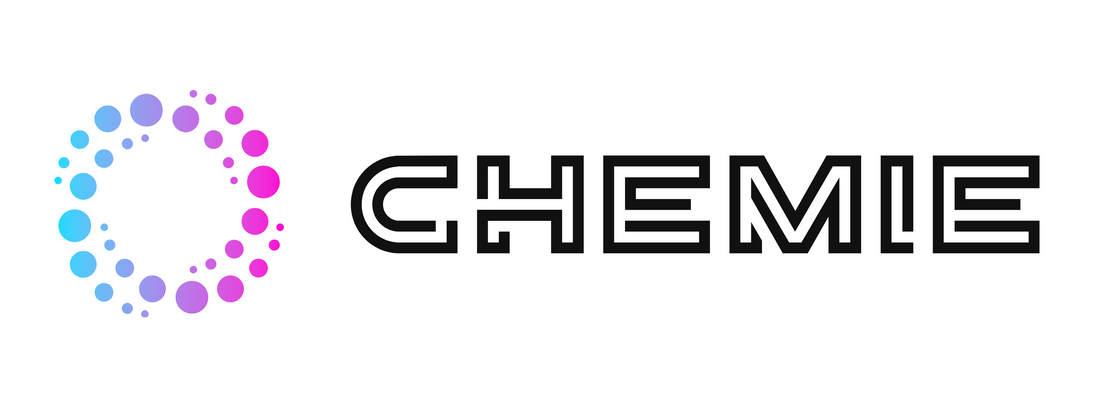The Main Principles Of Chemie
The Main Principles Of Chemie
Blog Article
The Ultimate Guide To Chemie
Table of ContentsHow Chemie can Save You Time, Stress, and Money.Chemie Things To Know Before You BuyThe smart Trick of Chemie That Nobody is Talking AboutChemie Can Be Fun For AnyoneNot known Facts About ChemieThe Single Strategy To Use For Chemie
By Bojanna Shantheyanda, Sreya Dutta, Kevin Coscia and David SchiemerDynalene, Inc. Fluid air conditioning, which can be attained using indirect or straight ways, is used in electronic devices applications having thermal power densities that may go beyond safe dissipation with air cooling. Indirect liquid air conditioning is where warmth dissipating electronic elements are literally separated from the liquid coolant, whereas in case of straight air conditioning, the components remain in direct contact with the coolant.In indirect cooling applications the electrical conductivity can be important if there are leaks and/or splilling of the fluids onto the electronics. In the indirect cooling applications where water based liquids with corrosion preventions are generally made use of, the electric conductivity of the fluid coolant generally depends upon the ion focus in the fluid stream.
The boost in the ion concentration in a closed loop fluid stream might occur as a result of ion leaching from steels and nonmetal elements that the coolant fluid is in call with. During operation, the electrical conductivity of the liquid might enhance to a degree which could be damaging for the cooling system.
Everything about Chemie
(https://www.pageorama.com/?p=chemie999)They are grain like polymers that can exchanging ions with ions in a remedy that it is in call with. In the present job, ion leaching tests were done with various metals and polymers in both ultrapure deionized (DI) water, i.e. water which is treated to the highest degrees of purity, and reduced electrical conductive ethylene glycol/water blend, with the determined change in conductivity reported over time.
The examples were allowed to equilibrate at space temperature level for two days prior to tape-recording the first electric conductivity. In all tests reported in this research fluid electrical conductivity was determined to a precision of 1% using an Oakton disadvantage 510/CON 6 series meter which was adjusted prior to each measurement.
Chemie Things To Know Before You Get This
from the wall surface heating coils to the center of the heater. The PTFE example containers were placed in the furnace when constant state temperatures were reached. The examination setup was removed from the furnace every 168 hours (7 days), cooled down to space temperature level with the electric conductivity of the liquid measured.
The electrical conductivity of the fluid sample was checked for an overall of 5000 hours (208 days). Schematic of the indirect closed loop cooling experiment set up. Elements used in the indirect shut loop cooling experiment that are in call with the fluid coolant.

Unknown Facts About Chemie
The adjustment in liquid electric conductivity was monitored for 136 hours. The liquid from the system was gathered and saved.

0.1 g of Dowex resin was included to 100g of liquid examples that was absorbed a separate container. The blend was stirred and alter in the electrical conductivity at area temperature was determined every hour. The determined adjustment in the electric conductivity of the UP-H2O and EG-LC test fluids having polymer or steel when involved for 5,000 hours at 80C is revealed Number 3.
Chemie for Dummies
Figure 3. Ion leaching experiment: Calculated change in electric conductivity of water and EG-LC coolants containing either polymer or steel examples when submersed for 5,000 hours at 80C. The outcomes indicate that steels added fewer ions into the liquids than plastics in both UP-H2O and EG-LC based coolants. This might be as a result of a thin metal oxide layer which might act as a barrier to ion leaching and cationic diffusion.
Liquids consisting of polypropylene and HDPE exhibited the cheapest electric conductivity changes. This might be because of the short, inflexible, straight chains which are much less most likely to contribute ions than longer branched chains with weaker intermolecular forces. Silicone likewise performed well in both test fluids, as polysiloxanes are generally chemically inert as a result of the high bond energy of the silicon-oxygen bond which would avoid destruction of the material into the fluid.
How Chemie can Save You Time, Stress, and Money.
It would over here certainly be expected that PVC would certainly generate similar results to those of PTFE and HDPE based on the comparable chemical structures of the products, nevertheless there might be other contaminations existing in the PVC, such as plasticizers, that may impact the electric conductivity of the fluid - meg glycol. Furthermore, chloride groups in PVC can also seep into the test fluid and can trigger a rise in electrical conductivity
Buna-N rubber and polyurethane showed indications of deterioration and thermal disintegration which suggests that their possible utility as a gasket or adhesive product at higher temperature levels could result in application concerns. Polyurethane entirely broke down right into the examination fluid by the end of 5000 hour examination. Figure 4. Prior to and after images of metal and polymer examples immersed for 5,000 hours at 80C in the ion leaching experiment.
Calculated modification in the electric conductivity of UP-H2O coolant as a function of time with and without resin cartridge in the closed indirect air conditioning loophole experiment. The determined modification in electrical conductivity of the UP-H2O for 136 hours with and without ion exchange resin in the loophole is shown in Figure 5.
Report this page